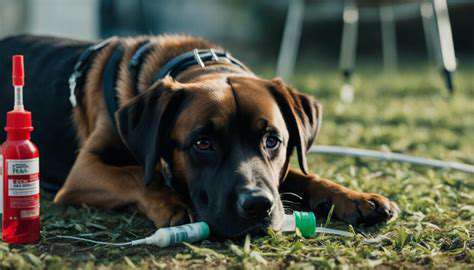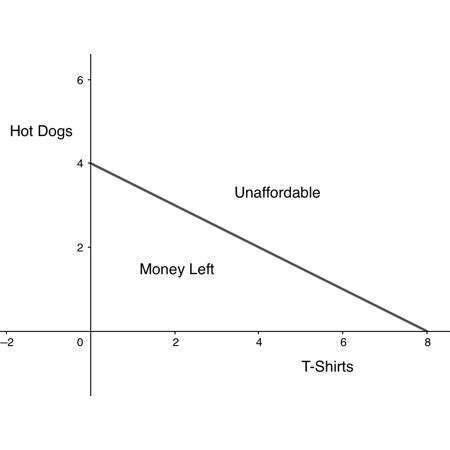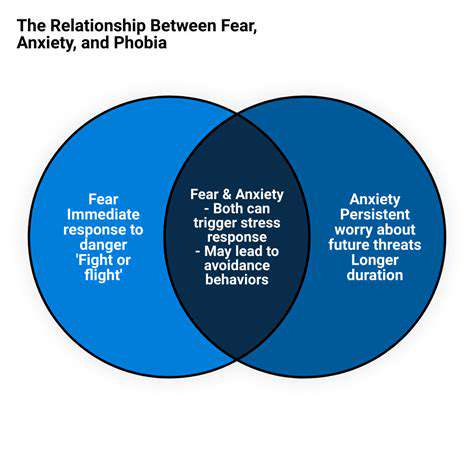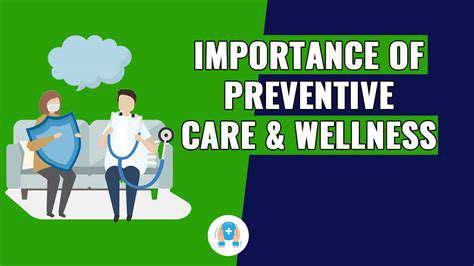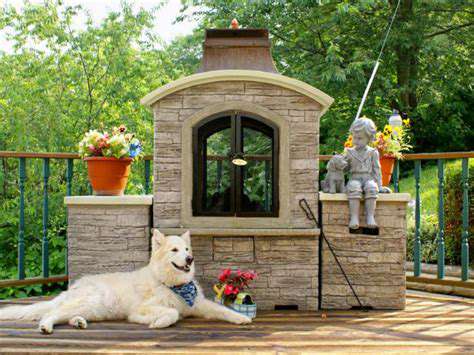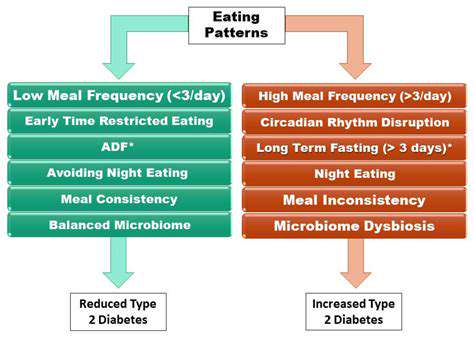Managing Pet Separation Anxiety: Strategies That Work
Identifying the Signs of Separation Anxiety in Pets
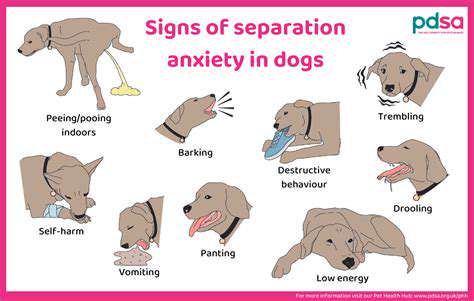
Recognizing Emotional Distress
When pets experience separation from their owners, they often display clear signs of emotional turmoil. The bond between pets and their humans runs deep, making any separation feel like a significant loss. Common indicators include excessive vocalization, pacing, or destructive behavior when left alone. These actions reflect the pet's internal struggle to cope with the absence of their trusted companion.
During these challenging times, creating a consistent routine can provide much-needed stability for distressed animals. Simple actions like maintaining regular feeding times or leaving a piece of clothing with your scent can offer comfort. Some pets benefit from background noise like a radio left on at low volume, which helps simulate human presence.
Observing Behavioral Changes
Behavioral changes often serve as the most visible markers of separation anxiety. A normally well-behaved pet might suddenly start chewing furniture or scratching at doors when left alone. These behaviors typically occur shortly after departure and may continue throughout the absence. Some pets may even refuse to eat until their owner returns, demonstrating the depth of their distress.
Other subtle signs include changes in greeting behavior. An anxious pet might become overly excited upon reunion or, conversely, appear withdrawn. Monitoring these behavioral patterns helps identify the severity of the issue and informs appropriate intervention strategies.
Assessing Physical Symptoms
The stress of separation often manifests physically in pets. Excessive drooling, panting, or digestive issues can indicate high anxiety levels. Some animals may develop compulsive behaviors like excessive licking or tail chasing when experiencing prolonged stress. These physical symptoms warrant attention as they can lead to more serious health concerns if left unaddressed.
Veterinarians note that pets with separation anxiety often show elevated heart rates and blood pressure during owner absences. Regular check-ups can help rule out medical causes for these symptoms while ensuring the pet's overall wellbeing remains a priority.
Professional Guidance and Support for Managing Separation Anxiety
Understanding the Root Causes of Separation Anxiety
Separation anxiety in pets typically stems from several interconnected factors. Dogs, as pack animals by nature, experience genuine distress when separated from their social group. This instinctual need for companionship becomes problematic when human schedules conflict with a pet's emotional needs. Understanding this biological predisposition helps owners approach the issue with empathy.
Past experiences significantly influence current behavior. Pets with histories of abandonment or shelter transitions often develop more pronounced anxiety responses. These animals may require specialized training approaches that rebuild trust gradually. Environmental factors like moving to a new home or changes in family composition can also trigger anxiety episodes.
Practical Strategies for Managing Separation Anxiety
Effective management requires a multi-faceted approach. Desensitization training proves most successful when implemented gradually and consistently. Begin with brief departures (just a few minutes) and slowly increase duration as the pet demonstrates calm behavior. Always keep arrivals and departures low-key to avoid reinforcing anxious responses.
Environmental enrichment plays a crucial role in anxiety reduction. Interactive toys that dispense treats provide mental stimulation and positive associations with alone time. Food puzzles, chew toys, and scent games engage natural behaviors while distracting from stress. For severe cases, professional behaviorists may recommend complementary approaches like pheromone diffusers or calming supplements.
Veterinary consultation remains essential when addressing chronic anxiety. Medical professionals can rule out underlying health issues and recommend appropriate interventions. In some cases, temporary medication may help break the anxiety cycle while behavioral modifications take effect. Always combine pharmaceutical approaches with behavioral therapy for lasting results.
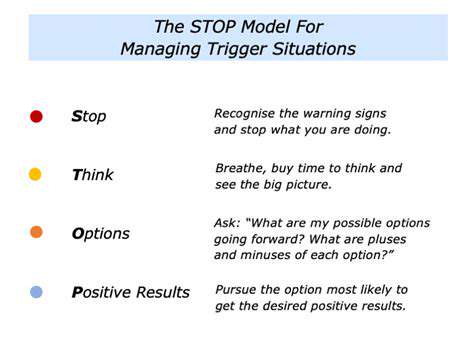
Read more about Managing Pet Separation Anxiety: Strategies That Work
Hot Recommendations
- Customized Sleep Schedules: AI Driven for Sustainable Rest
- Crafting a Personalized Productivity Plan for Mental Clarity
- Sustainable Self Compassion: Cultivating Kindness Towards Your Mind
- Sustainable Productivity Hacks for the Busy Professional
- Sustainable Wellness for Parents: Balancing Family and Self Care
- Data Informed Self Care: Designing Your Personalized Wellness Strategy
- Sustainable Wellness for a Purpose Driven Life
- AI Assisted Mindfulness: Personalized Meditations for Deeper Practice
- Building Inclusive Mental Health Services: Key Initiatives
- AI Powered Self Care: Customizing Your Routine for Maximum Impact



